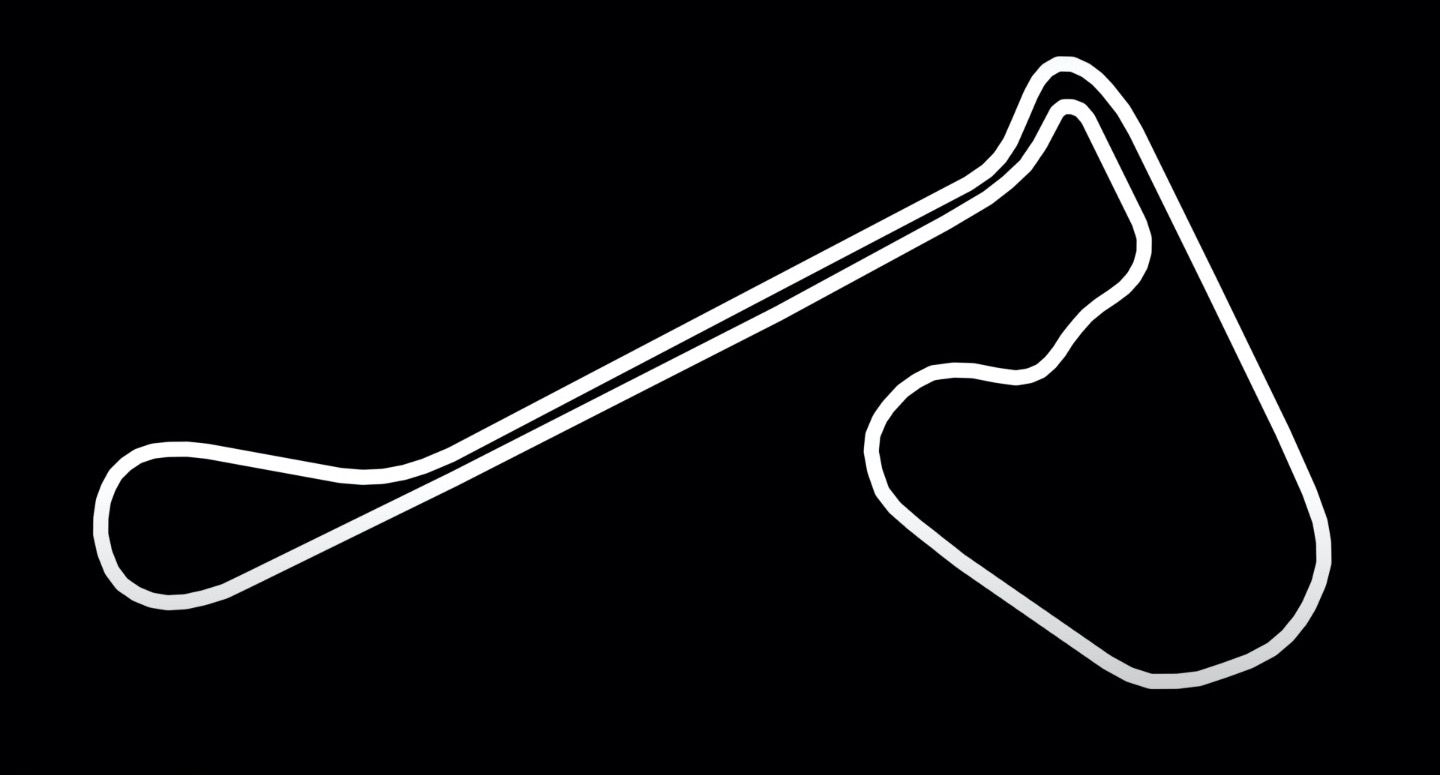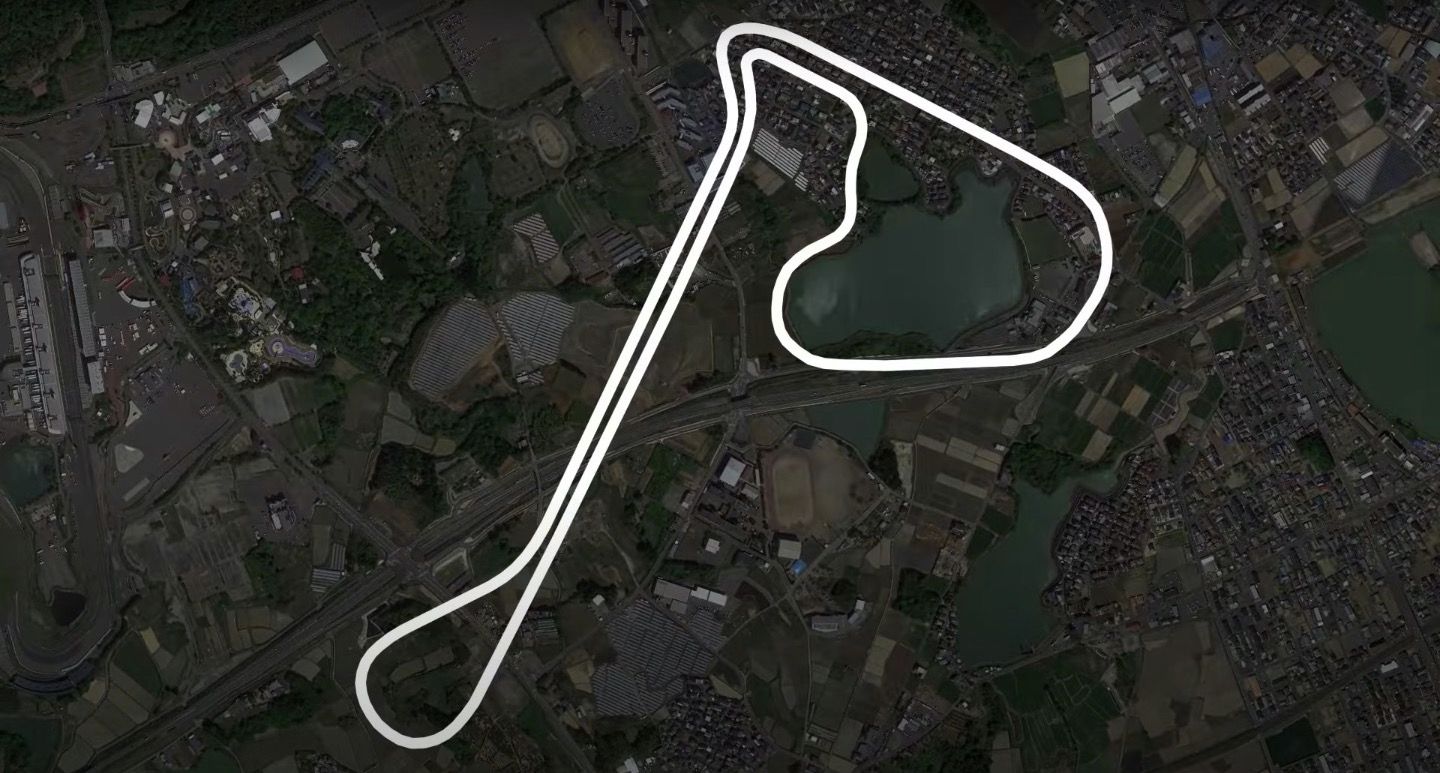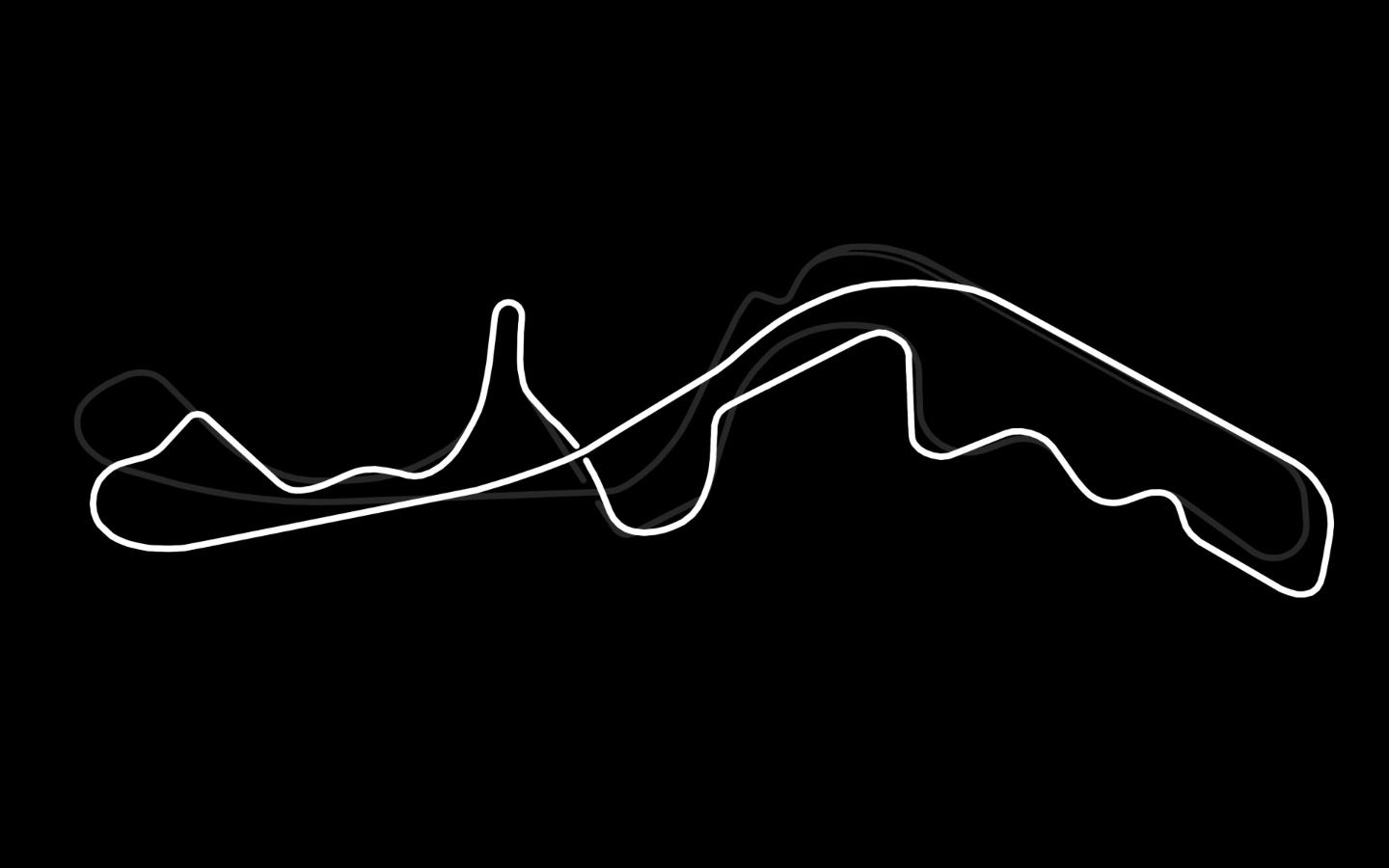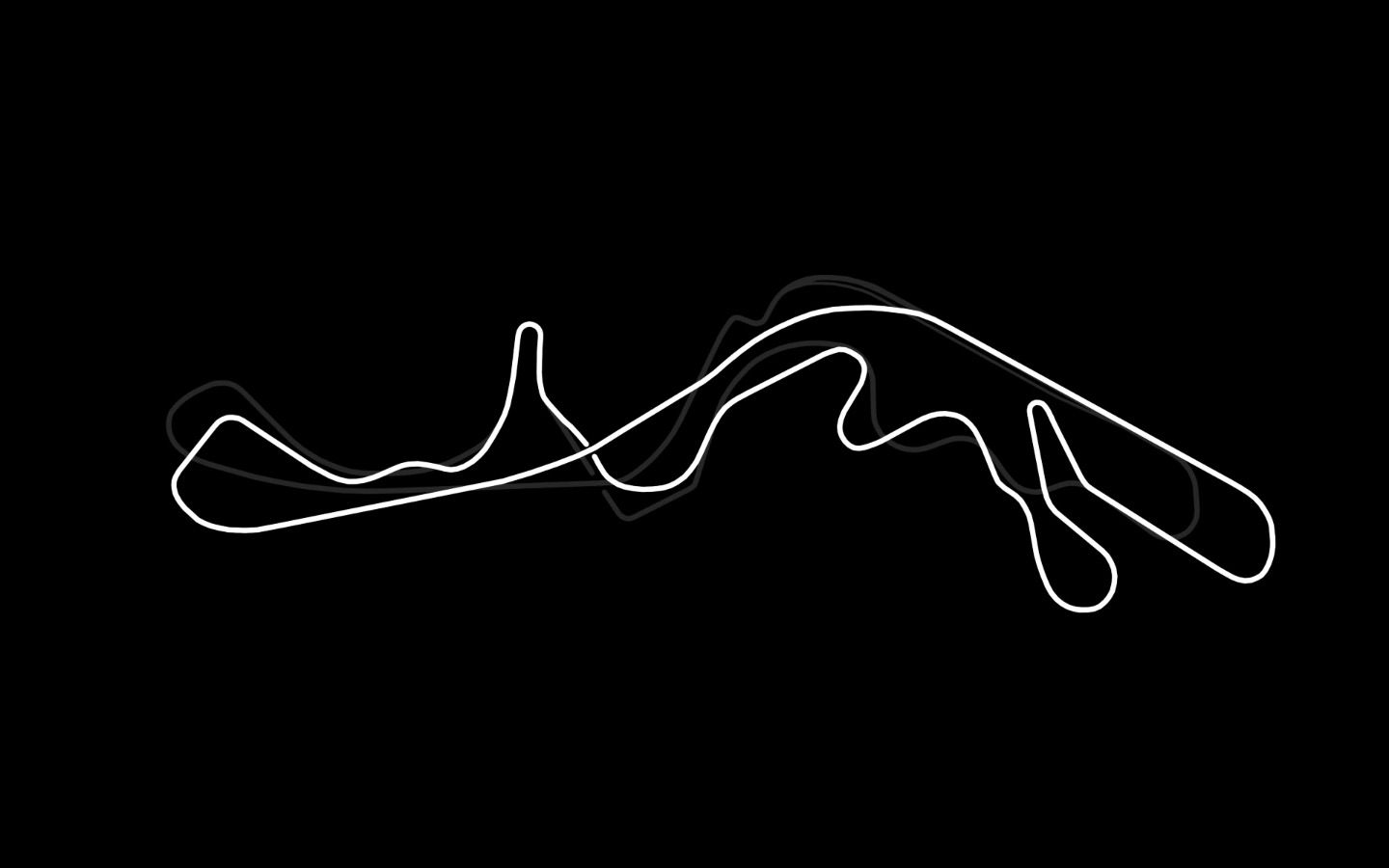Suzuka is one of Japan's most famous tracks and one that Honda calls home. It measures 3.8 miles in length and has 18 turns including an undulating uphill first sector that gives way to a technical, yet fast middle sector before the track ends on a high with the mythical 130R fast left-hander taking you back towards the finish.
But it could've been different. While it did go through a number of changes over the years, the track has always had one overpass although its creator, as Rhys Gardiner explains, envisioned two other places where the track would have gone over itself.
Suzuka is the home of the Japanese Grand Prix since 1987
The German is the go-to designer whenever anyone plans to build an FIA Grade 1 track and, as such, he's behind most of the tracks that have been added to the F1 World Championship in the past 20 years or so. While some of the road courses he conceived (such as the Sepang track in Malaysia) are by no means bad, others aren't really purveyors of great racing.
Older tracks, that Tilke hasn't had a hand in designing or modifying (he did modify the old Hockenheim track and made it into what it is today, for instance) are, seemingly, the much more revered part of F1's calendar. Everyone loves going to places like Spa-Francorchamps in Belgium or Suzuka in Japan. But neither of those tracks have survived the push for safer racing with both having been modified to be made less dangerous - especially Spa that went from being an 8.7-mile long course made up of public roads that were closed off for racing to a 4.34-mile permanent circuit.
Granted, a chicane was added at the last bend to slow the cars down as they approach the start/finish straight and, also, the Degner curve was broken up into two corners but that's about it.
As one of F1's twistiest and fastest tracks, it is already an immense challenge, and, with its unusual overpass right after turn 9, it stands as one of only two FIA Grade 1 tracks to 'pass over themselves'. This "figure eight" layout is also shared by the Fiorano Circuit in Italy.
The track was designed by Dutchman Hans 'John' Hugenholtz, the main designer of the Zolder track in Belgium and of the original Jarama track in Spain.
Hugenholtz was commissioned by Honda to create a road course near Honda's factory in Suzuka after Soichiro Honda himself had a go at designing a new test track for his cars but decided somebody else could do an even better job than he did.
Hungeholtz's first proposal dates back from 1960 and features an insanely fast first turn that becomes tighter and tighter towards the exit. What's even more strange is that the straight that follows features not one but two bridges as the track passes over itself twice. There's also a third overpass which is the one that's been kept in the final design.
Australian YouTuber Rhys Gardiner, or SouthPawRacer, dives right into it explaining how the track ended up looking like it does today, including more details on that original three-overpass layout and the subsequent changes.
Few more Suzuka Circuit videos:




